

Read More Leer más Join the discussion Participa en la discusión
• COVID-19CoronavirusEconomic Crisis and RecoveryCrisis económica y recuperaciónInequalityLa DesigualdadIntellectual PropertyPropiedad Intelectual
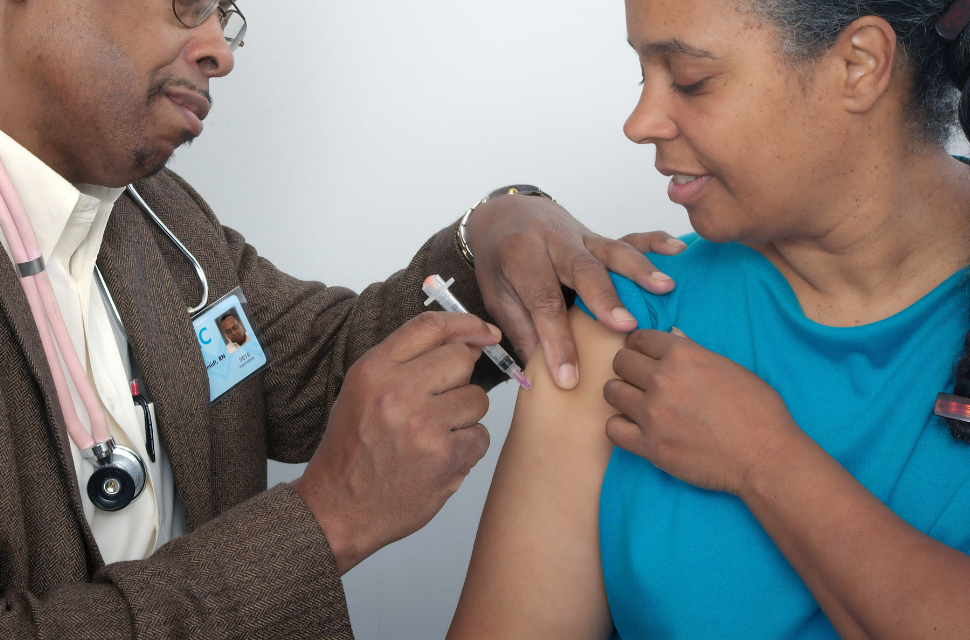
Read More Leer más Join the discussion Participa en la discusión
Read More Leer más Join the discussion Participa en la discusión
• Economic Crisis and RecoveryCrisis económica y recuperaciónIMFFondo Monetario InternacionalInequalityLa DesigualdadIntellectual PropertyPropiedad Intelectual
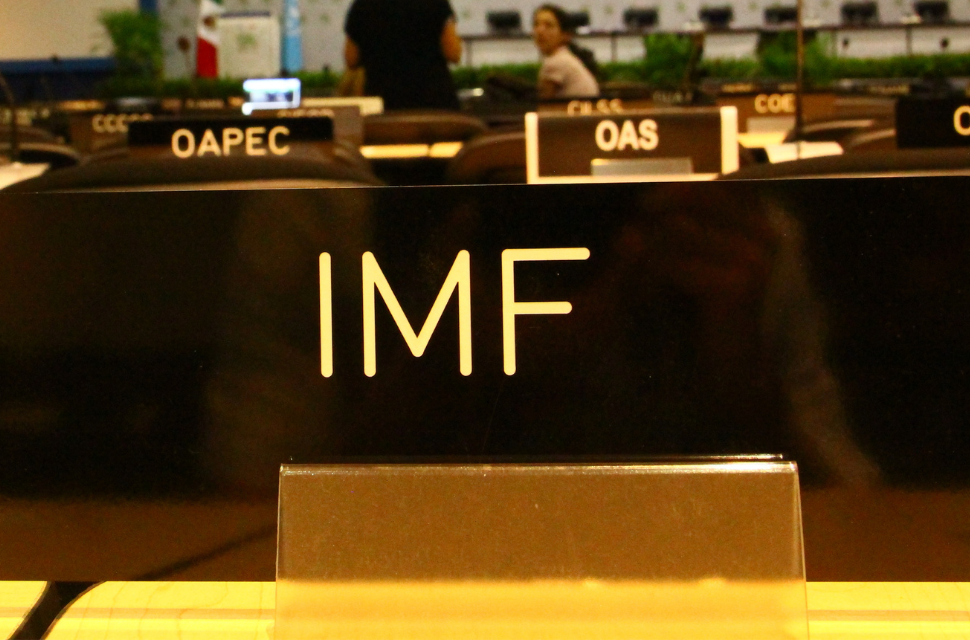
Read More Leer más Join the discussion Participa en la discusión
• COVID-19CoronavirusEconomic Crisis and RecoveryCrisis económica y recuperaciónInequalityLa DesigualdadIntellectual PropertyPropiedad Intelectual

Read More Leer más Join the discussion Participa en la discusión
• Economic Crisis and RecoveryCrisis económica y recuperaciónInequalityLa Desigualdad
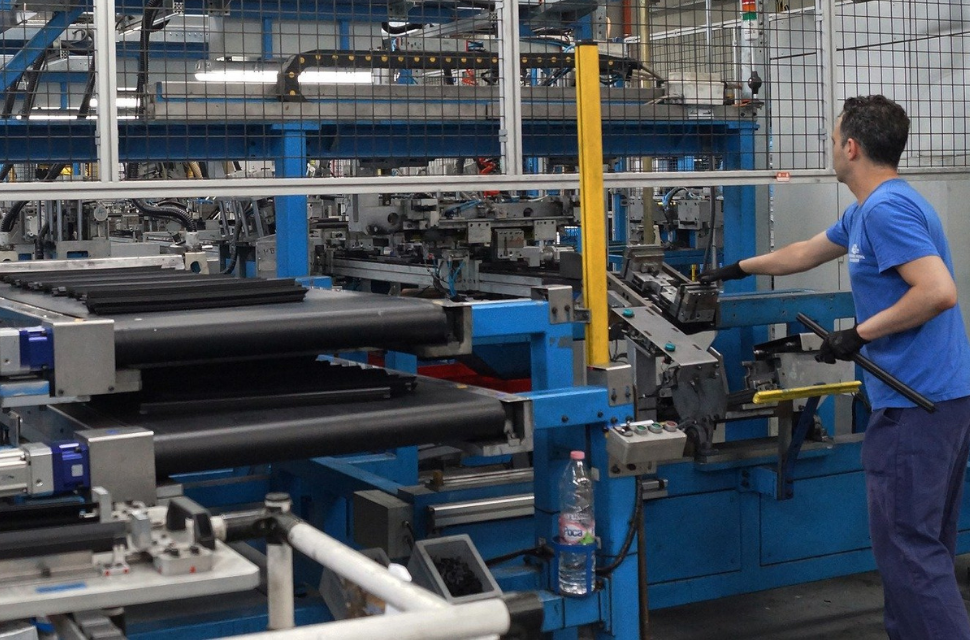
Read More Leer más Join the discussion Participa en la discusión
• Economic Crisis and RecoveryCrisis económica y recuperaciónInequalityLa Desigualdad
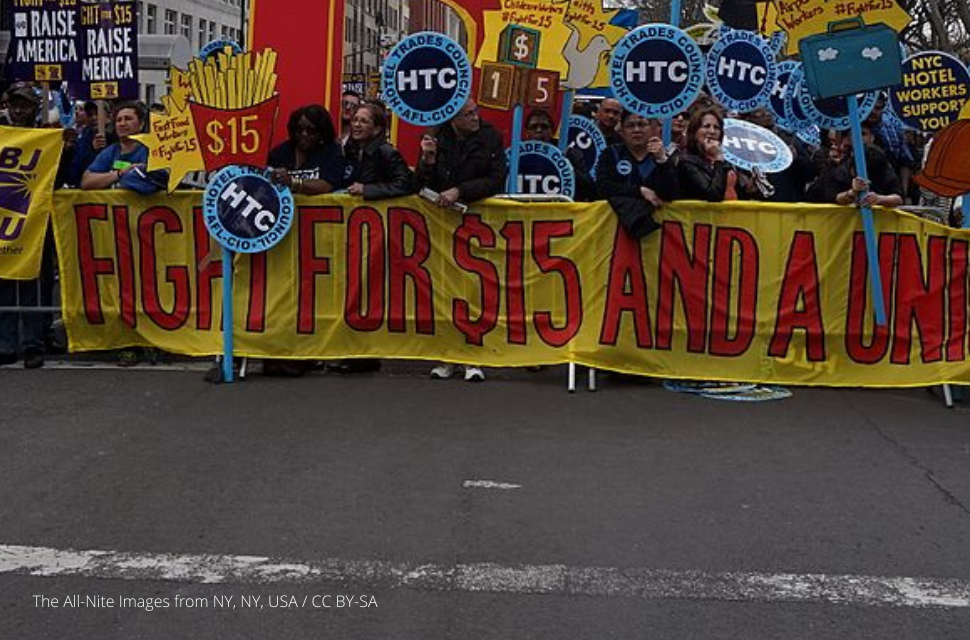
Read More Leer más Join the discussion Participa en la discusión
• Affordable Care ActHealth and Social ProgramsLos Programas Sociales y de SaludHealthcareInequalityLa Desigualdad

Read More Leer más Join the discussion Participa en la discusión
• InequalityLa DesigualdadIntellectual PropertyPropiedad Intelectual
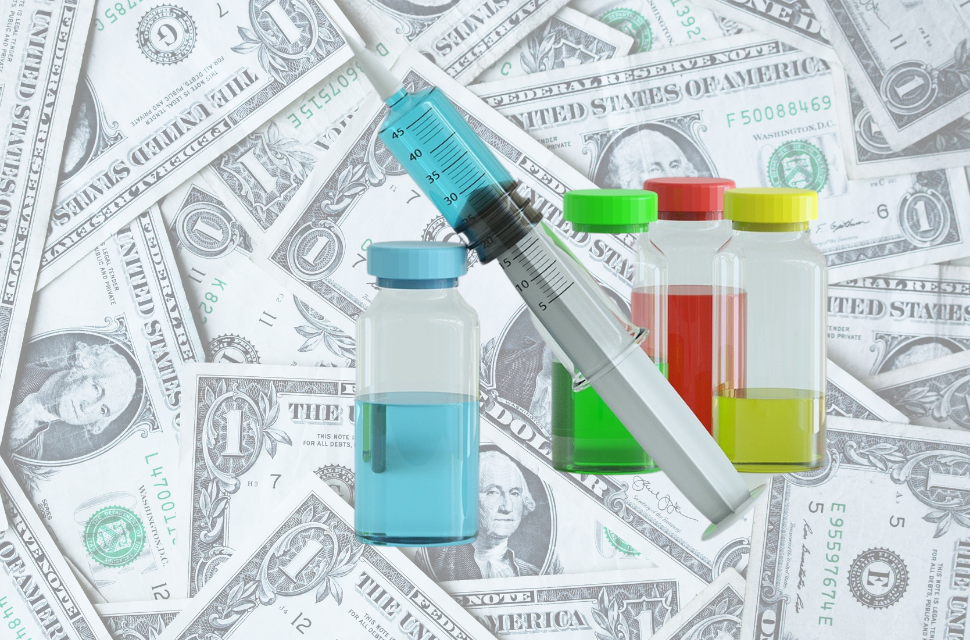
Read More Leer más Join the discussion Participa en la discusión
• Economic Crisis and RecoveryCrisis económica y recuperaciónInequalityLa Desigualdad
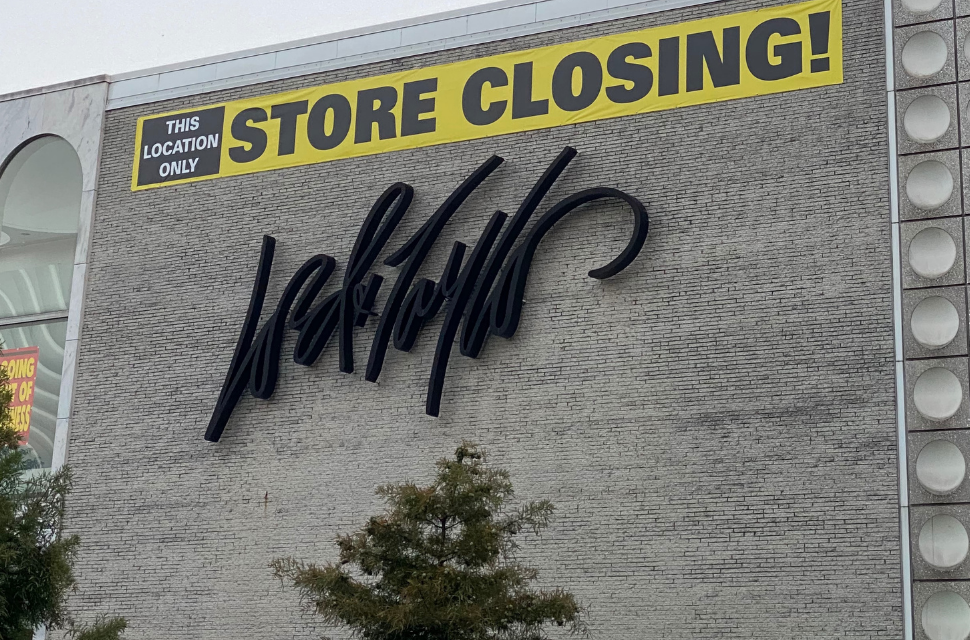
Read More Leer más Join the discussion Participa en la discusión
